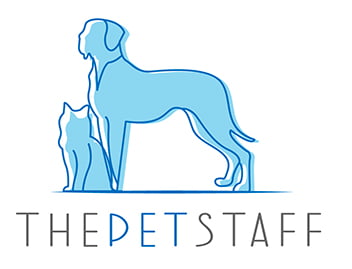Our beloved pets fill our lives with happiness and companionship, but they can also face stress just like we do. Unlike us, however, dogs can't use words to express when they're feeling anxious, uneasy, or overwhelmed. Instead, they communicate their stress through subtle (and sometimes not-so-subtle) behaviors.
Have you noticed your dog acting restless, barking more than usual, or displaying odd behaviors? These could be their way of communicating, "I'm feeling stressed!" Recognizing these signs is essential for supporting your dog's emotional and physical health.
In this blog post, we’ll delve into the common signs of stress in dogs and share tips on how you can offer them the support and reassurance they deserve.
signs of stress in a dog
Physical Indicators of Stress
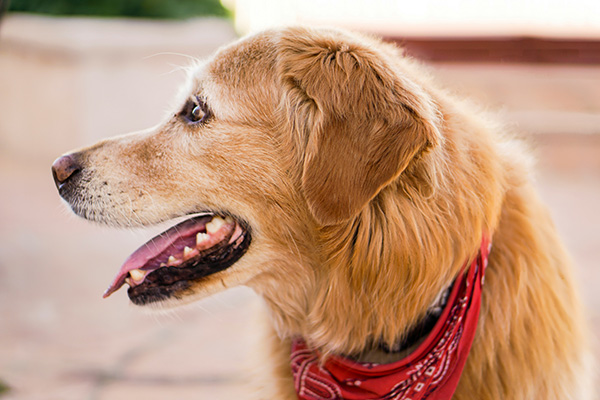
Tense or Stiff Body Language
A stressed dog often shows tense or stiff body language, such as rigid movements, forward-facing ears, or a stiff posture. These signs are early indicators that anxiety in dogs has activated their sympathetic nervous system, a response to potentially dangerous situations like loud noises or crowded dog parks. This involuntary system releases adrenaline, causing behaviors like raised hackles, dilated pupils, or excessive scratching. Recognizing these stress signals helps you avoid stressful situations and create a safe space for your dog to feel calm.
Panting and Increased Heart Rate
Panting without physical exercise and an increased heart rate are common stress signs in dogs. These involuntary responses occur when the autonomic nervous system kicks in, often lasting a few seconds to short periods. Triggers include separation anxiety, encounters with other dogs, or external fears. To manage your dog’s stress, provide calm reassurance or seek a veterinarian’s advice for chronic stress symptoms.
Drooling or Excessive Salivation
Stress in dogs can manifest through drooling, especially when it occurs without food present. This physiological response is triggered when the autonomic nervous system kicks in during a stressful situation. Stressed dogs might drool excessively in anxious situations, such as encountering loud noises, other dogs, or separation anxiety. Many dogs show these stress signals as part of their body language, alongside behaviors like licking or barking excessively.
Changes in Pupil Size
Dilated pupils or noticeable changes in eye size are subtle stress signs often seen in anxious dogs. When stress occurs, the sympathetic nervous system releases adrenaline, preparing the dog to respond to potentially dangerous situations. For example, anxious situations like a crowded dog park or external fears can cause these changes. Recognizing these signs early helps avoid stressful situations and creates a calm environment for your pet. A veterinary behaviorist or vet can offer additional support for chronic stress.
Behavioral Signs of Stress
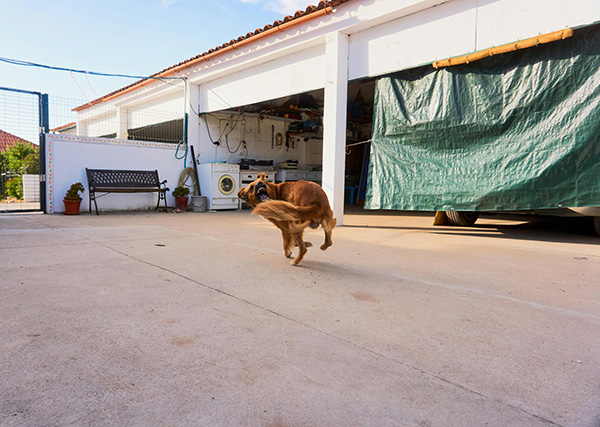
Pacing or Inability to Settle
A stressed dog may exhibit pacing or an inability to settle, moving back and forth as they struggle to find a comfortable spot. This restless behavior, common in stressful situations, is often a response to anxiety. Stress occurs when the sympathetic nervous system activates the involuntary response system, causing many dogs to feel stressed. For example, separation anxiety or exposure to other dogs in a crowded dog park might trigger this response. Providing a safe space and using calming techniques, like a long walk or engaging with yummy treats, can help reduce a dog's stress.
Destructive Behaviors
A stressed or anxious dog might exhibit destructive behaviors like chewing on furniture, digging, or scratching excessively. These actions are often misunderstood as bad habits but are signs of stress in dogs. Raised hackles, dilated pupils, or forward-facing ears often accompany these behaviors, signaling unease. Consulting a veterinarian or veterinary behaviorist can address chronic anxiety or health problems behind these behaviors.
Repetitive Actions
Repetitive behaviors such as licking excessively, spinning, or tail-chasing are common signs of stress in dogs. These behaviors often act as coping mechanisms for dogs, particularly when they’re feeling anxious or facing stressful situations. For most dogs, these behaviors indicate their involuntary response system is activated. While many dogs might exhibit these actions for short periods, they can also point to underlying anxiety in dogs or health problems. Providing a safe space, engaging with yummy treats, or consulting a veterinary behaviorist can help address these issues.
Hyperactivity or Increased Energy
A stressed dog may show bursts of energy or hyperactivity, even in calm environments. This excess energy often arises when a dog is stressed and doesn’t know how to respond to their anxiety. For example, an individual dog might start barking excessively or exhibit erratic body language. Physical exercise, like a long walk, can help calm anxious dogs and redirect their energy positively. If such behaviors persist, a vet can help identify other signs of stress and recommend solutions tailored to your pet’s needs.
Communication Cues
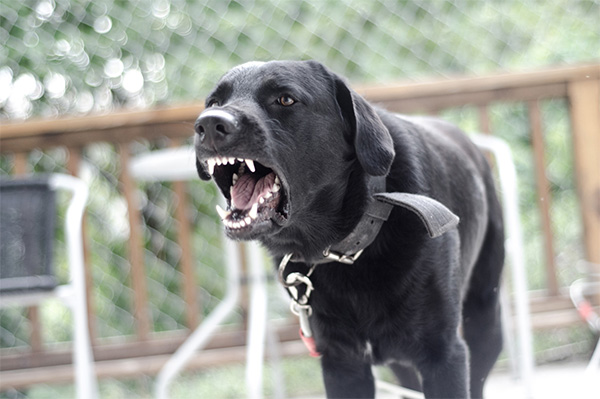
Excessive Barking or Whining
Stress in dogs often manifests through excessive barking or whining. An anxious dog might vocalize more than usual to express discomfort, especially during a stressful situation. For most dogs, this behavior is an instinctive response to unease, signaling that they feel stressed. Understanding your dog’s behavior, like when barking becomes excessive, can help you identify triggers and provide calm reassurance.
Yawning and Lip Licking
Frequent yawning or licking excessively, even without hunger or fatigue, are subtle signs of anxiety in dogs. These behaviors often accompany stress in dogs, serving as coping mechanisms. Body language cues such as whale eye or avoiding eye contact may also appear during anxious moments. Paying attention to these stress signals helps both you and your pet manage uneasy situations effectively.
Flattened Ears or Tucked Tail
Stressed dogs often display fearful body language, including flattened ears or a tucked tail. These postures signal that a dog is stressed and may occur alongside other signs like excess energy or a change in respiratory rate. By recognizing these behaviors in your individual dog, you can create a calm environment to support their emotional well-being. If these behaviors persist, consulting a veterinarian or vet behaviorist can help rule out health problems or chronic anxiety.
Social and Interactional Clues
Avoidance or Hiding
When stressed, dogs may retreat to secluded areas, avoiding interaction with humans or other pets. This common aspect of a stressed dog’s behavior allows them to feel calm and safe during overwhelming moments. Many dogs exhibit this avoidance behavior alongside body language cues like whale eye or a change in respiratory rate, signaling anxiety in dogs. Recognizing these signs helps both you and your pet navigate anxious situations more effectively.
Clinginess or Seeking Reassurance
On the flip side, some dogs become excessively clingy when stressed. These dogs stay close to their owners, seeking constant reassurance. This behavior may stem from anxiety, especially in puppies or dogs unaccustomed to separation. Understanding your dog’s behavior can help create a balanced response that fosters independence while providing the calm they need.
Aggressive Reactions
An anxious dog may display aggression, such as growling, snapping, or even biting, especially in situations they perceive as threatening. For example, if a dog learns to associate certain scenarios with fear or discomfort, aggression may serve as a defensive response. Consulting a veterinarian or vet behaviorist is crucial to address underlying anxiety and prevent health problems or behavioral escalation.
Digestive and Appetite Changes
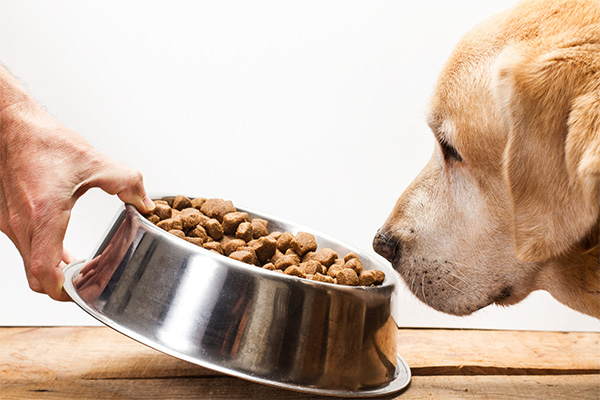
Loss of Appetite
A sudden loss of appetite is a common response when a dog is stressed. Many dogs may refuse food or water, signaling anxiety or discomfort. This change in a dog’s behavior often accompanies other signs, such as licking excessively or showing anxious body language. Monitoring these symptoms closely is essential, as prolonged refusal to eat can indicate a deeper health problem or chronic anxiety in dogs. If this occurs, consulting a veterinarian is critical to rule out underlying issues and help your pet feel calm again.
Digestive Upset
Stress in dogs can also affect their gastrointestinal system, leading to vomiting or diarrhea. Anxiety in dogs disrupts their normal bodily functions, causing such digestive upset. For example, puppies or anxious dogs may display these symptoms after a stressful event, like exposure to new environments or changes in routine. Encouraging calm through regular exercise and maintaining a normal feeding schedule can help reduce stress-induced digestive issues. A vet can provide additional support if these symptoms persist.
Other Signs
Shaking or Trembling
Shaking or trembling without being cold is a common indicator that a dog is stressed. This behavior often occurs during loud events like thunderstorms and reflects anxiety in dogs. Most dogs experiencing this reaction display other stress-related body language, such as avoiding eye contact or licking excessively. Recognizing these behaviors in your pet helps you create a calm environment and address their anxiety effectively. If shaking continues, seeking advice from a veterinarian can help uncover any potential underlying health issues.
Excessive Shedding
Anxious dogs may shed more fur than usual, a stress-related physical reaction. For many dogs, this response occurs during unsettling moments, such as exposure to new environments or changes in routine. Shedding, combined with other signs of stress, indicates that the dog’s behavior is affected by anxiety. Regular exercise and maintaining a predictable schedule can help reduce this reaction over time.
Changes in Sleeping Patterns
Stress can disrupt a dog’s normal sleeping routine, leading to restlessness or a lack of proper rest. Puppies or dogs feeling stressed may struggle to settle down, displaying excess energy or irregular behavior. Supporting your pet with calming techniques, like providing a safe sleeping area, can help them relax. Persistent sleep disturbances should be addressed with the guidance of a vet.
